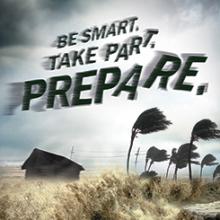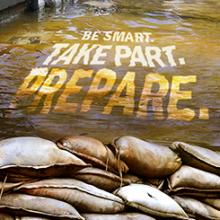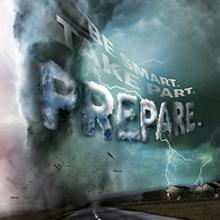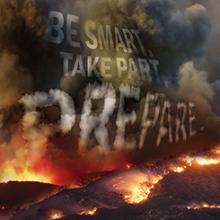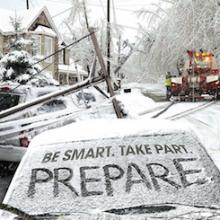 FEMA’s seriously gotten its act together to produce a simple set of instructions for most natural disaster situations. It has a ton of downloadable materials on its America’s PrepareAthon! site here.
FEMA’s seriously gotten its act together to produce a simple set of instructions for most natural disaster situations. It has a ton of downloadable materials on its America’s PrepareAthon! site here.
America’s PrepareAthon! is a grassroots campaign for action to increase community preparedness and resilience for disasters. The campaign offers free resources for households and organizations to discuss and practice plans and safety measures to improve resilience for specific disasters. If you’re in a Neighborhood Watch scheme, own a business, are a designated first responder at your workplace, or volunteer at a local non-profit the information is pretty useful.
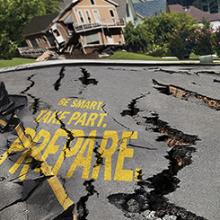 Earthquakes can occur suddenly and be deadly. Most earthquake-related casualties result from collapsing walls, flying glass, and falling objects.
Earthquakes can occur suddenly and be deadly. Most earthquake-related casualties result from collapsing walls, flying glass, and falling objects.
An earthquake is the sudden, rapid shaking of the earth, caused by the breaking and shifting of subterranean rock as it releases strain that has accumulated over a long time. Initial mild shaking may strengthen and become extremely violent within seconds.
Earthquakes happen along cracks in the earth’s surface, called fault lines, and can be felt over large areas. All 50 states and 5 U.S. territories are at some risk for earthquakes.
Earthquakes can happen at any time of the year and occur without warning, although they usually last less than one minute. Earthquakes cannot be predicted — although scientists are working on it!
For more information on how to prepare for an earthquake, download the How to Prepare for an Earthquake Guide which provides the basics of earthquakes, explains how to protect yourself and your property and details the steps to take now so you can act quickly in the event of an earthquake.

